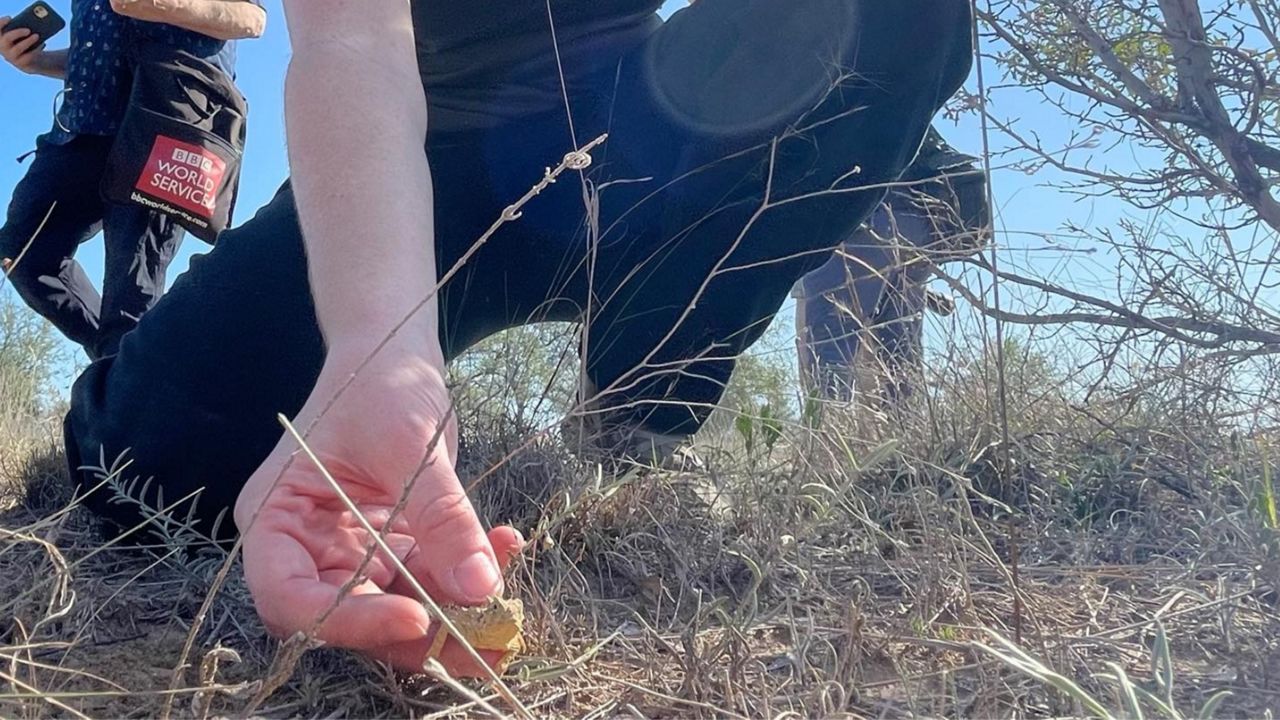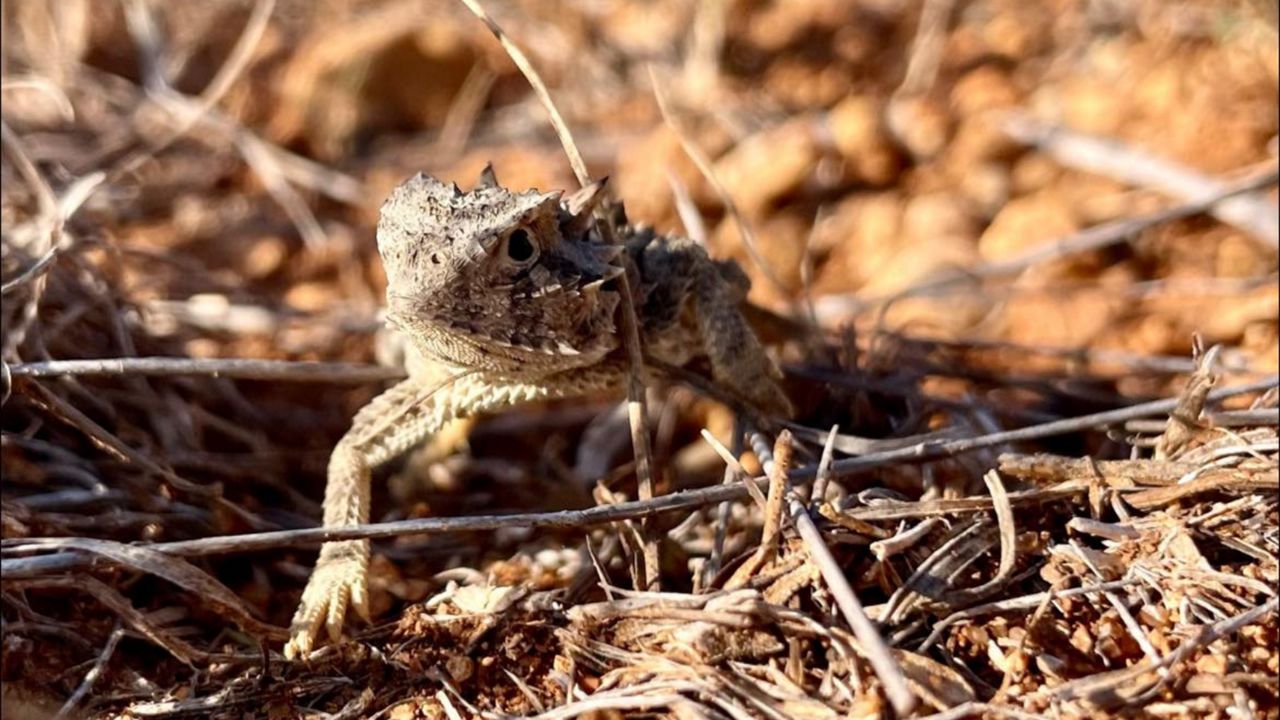SAN ANTONIO — San Antonio Zoo’s project to strengthen the population of Texas horned lizards, or “horny toads,” is steadily finding success. Fifty Texas horned lizards that hatched this summer, some born on June 18, “Texas Horned Lizard Day,” have now been released into the wild.
Zoo ticket sales, donations, grants, and Texas Parks and Wildlife funds the Texas Horned Lizard Reintroduction Project through the Center for Conservation and Research (CCR) at San Antonio Zoo. Additionally, Fort Worth Zoo and Dallas Zoo are working with Texas Parks and Wildlife Department on releases in Wildlife Management Areas. It’s through the Texas Horned Lizard Conservation Coalition that all organizations support one another and share information.
“This is our third release, and we have seen evidence after each effort that lizards are alive and thriving on the landscape,” said Dr. Andy Gluesenkamp, director of the Center for Conservation & Research at San Antonio Zoo. “Something I love about this project is not only helping the Texas Horned Lizard but also being able to provide this opportunity to others. We had volunteers, landowners, and naturalists join us on this release, and seeing their participation and excitement is priceless.”

CCR at San Antonio Zoo keeps track of past released lizards. Within the release project area, the team found lizard scat (poop) in two different locations, where 2020 and 2021 releases were also conducted. The scat was sent to Dr. Dean Williams at Texas Christian University for genetic analysis.
“Texas Horned Lizards are incredibly elusive,” said Dr. Andy Gluesenkamp. “It is easier to find their scat, which can tell us a lot about the individual. Before release, we document each lizard’s genetics and then connect GPS coordinates to each Texas Horned Lizards release site. Genotyping their scat acts as a fingerprint and allows us to connect the findings to our database, which then tells how old the lizard is and how far they have traveled. Eventually, we will be genotyping wild offspring and identifying which zoo lizards are reproducing.”
San Antonio Zoo’s partnership with Chiron K9, known as the Texas Horned Lizard Detection Canine Network, allows them to use dogs trained with live horned lizards, scat, eggs and shed skin so they may find any signs of horned lizards in the field.
“God Bless Texas - what an incredible week it has been for our beloved Texas Horned Lizard,” said Tim Morrow, president and CEO of San Antonio Zoo. “Dr. Gluesenkamp and his team at the Center for Conservation & Research continue to work tirelessly on this project, and we are so proud to see their work making a difference to the landscape of Texas. I hope you all join us in congratulating our conservation team and cheering on all the horny toads released back into the Texas wild this week.”
For more resources to learn about the Texas Horned Lizard Reintroduction Project and the work being done by the Center for Conservation and Research at San Antonio Zoo, visit their site.



